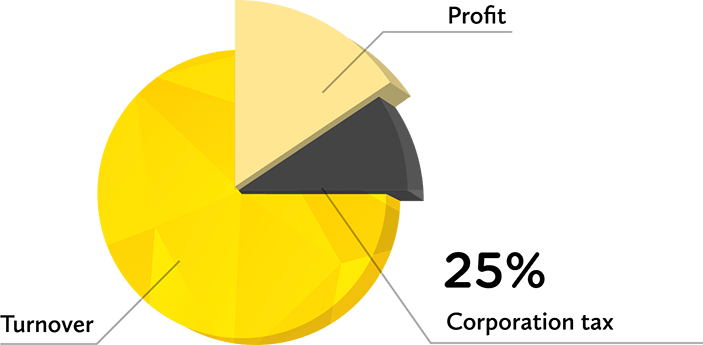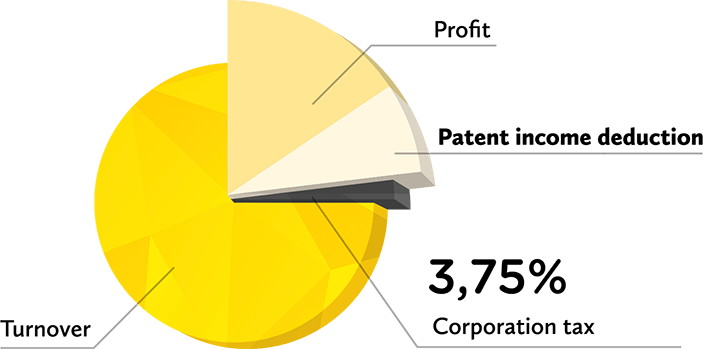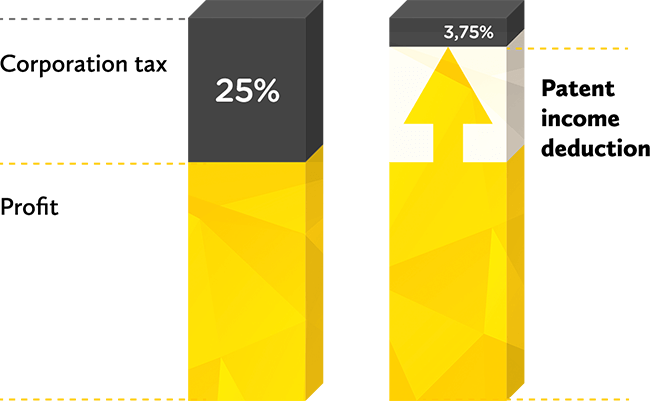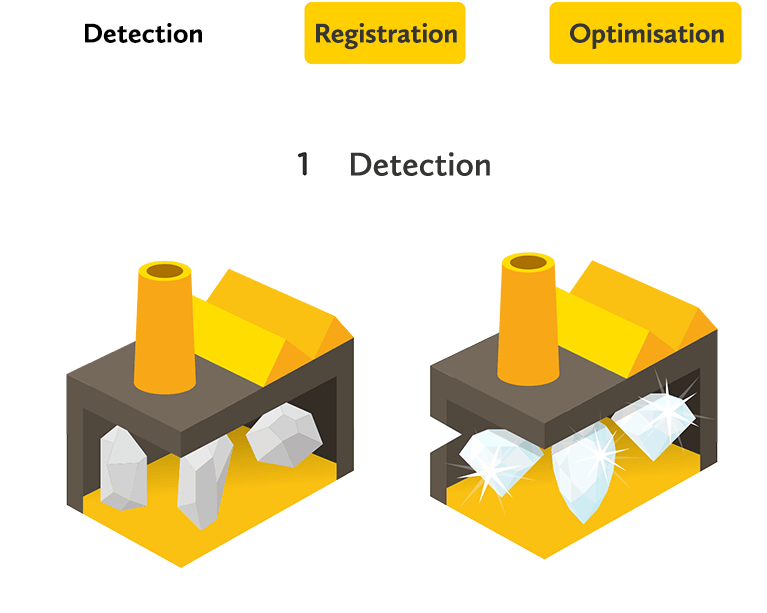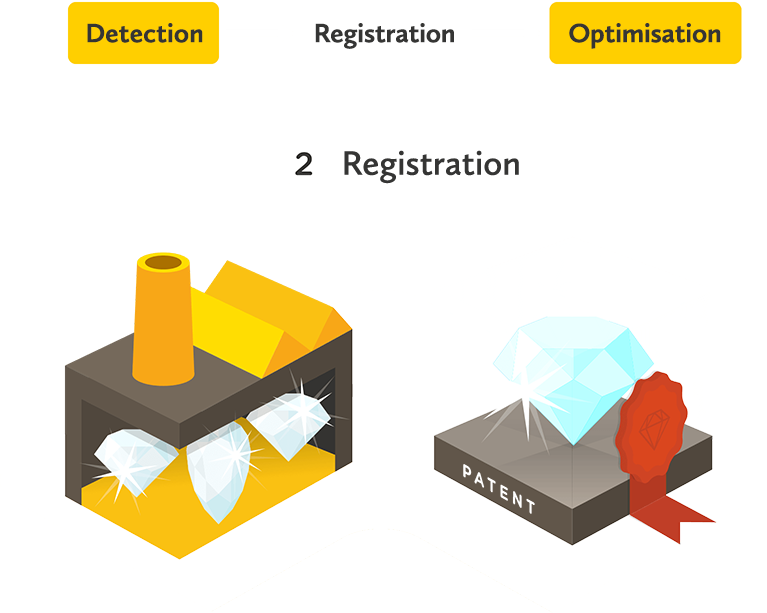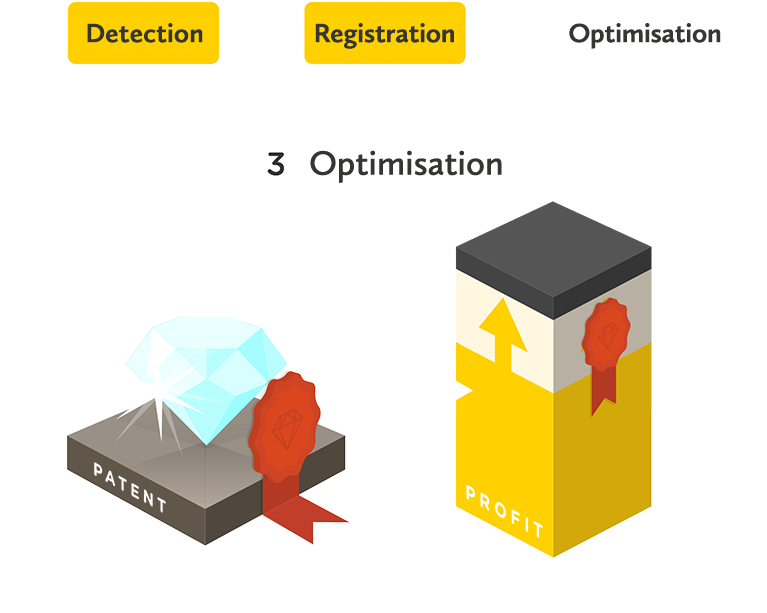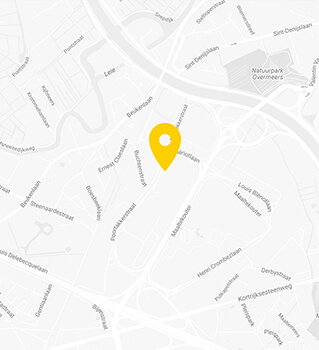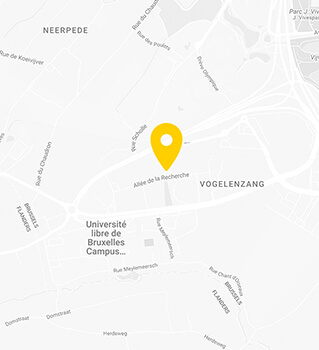The new Belgian Patent Box only applies to net income. This is calculated for each Intellectual Property Right and for each tax year as follows:
The gross income consists of the income from Intellectual Property Rights included in the Belgian taxable basis.
-
The following amounts are subtracted from this gross income:
Costs of research and development directly related to the eligible Intellectual Property Rights. To be clear, costs relating to land or buildings, or other costs that are not directly related to Intellectual Property Rights cannot be deducted.
Costs for the acquisition of Intellectual Property Rights
Costs for research and development incurred by related or unrelated companies
This net income is then multiplied by the Nexus factor.
